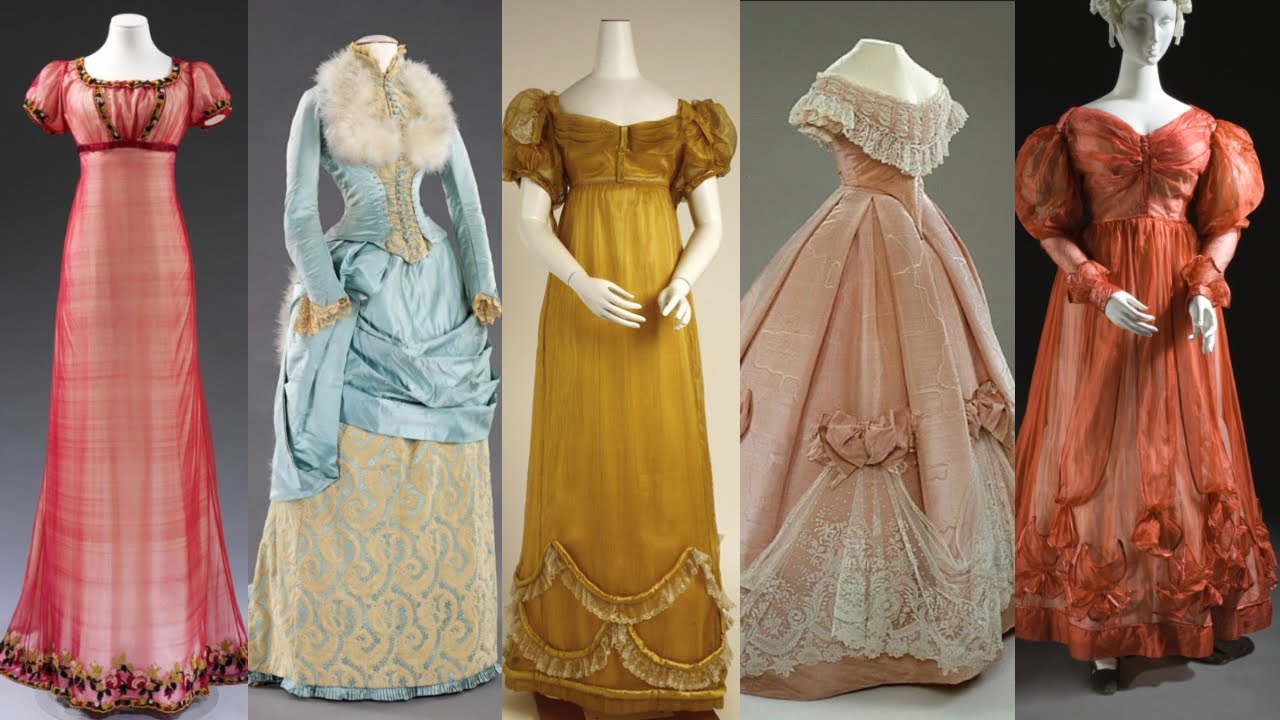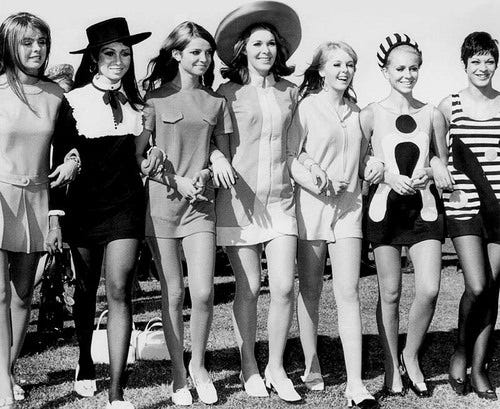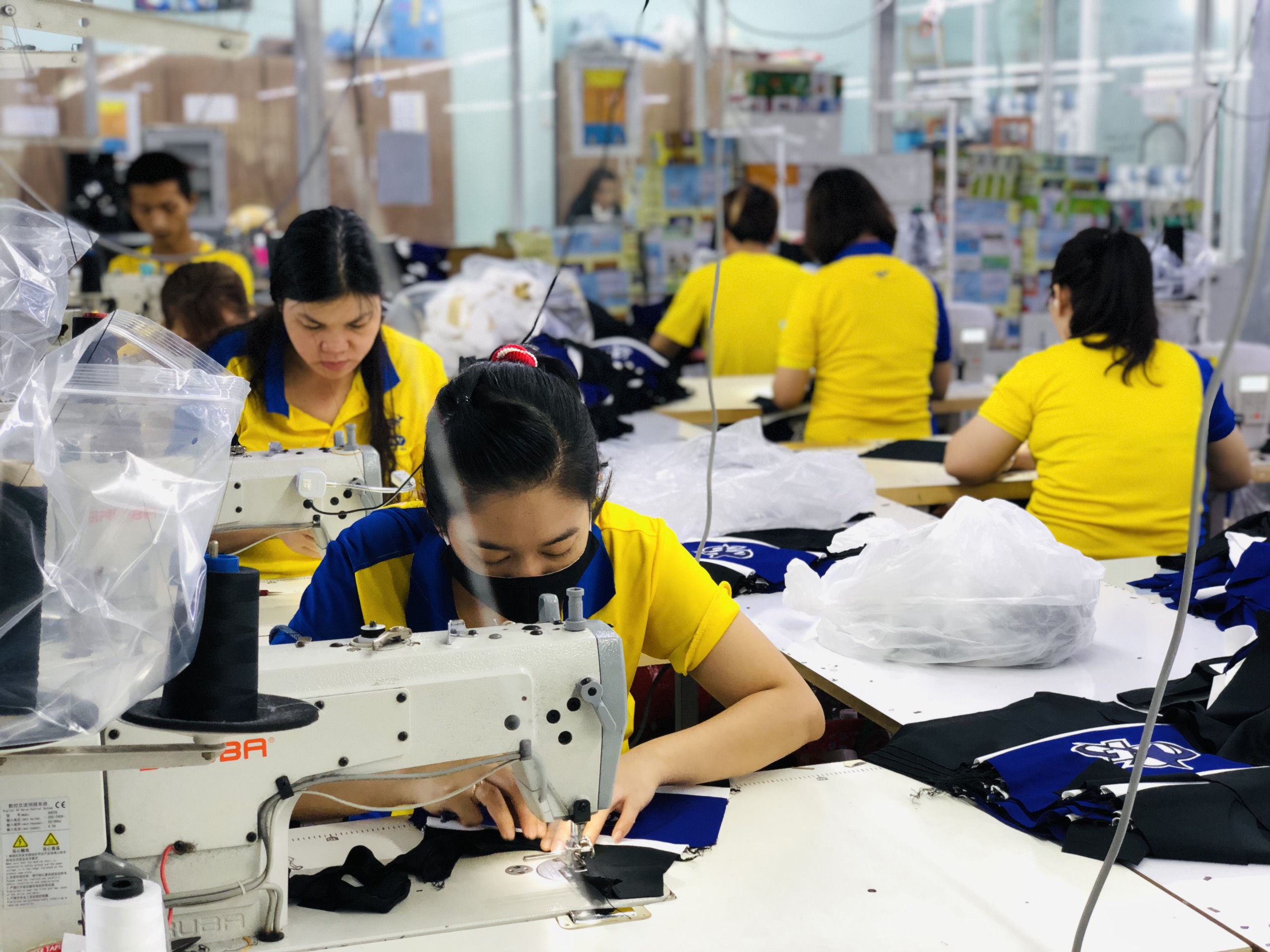Module
Overproduction and overconsumption
Created by
Redress
Quick Access
Learn more fashion industry terminology from the Glossary.
Quick Access
Learn more fashion industry terminology from the Glossary.
Credit: United Nations
Fashion brands around the world are making more than 100 billion new pieces of clothing worldwide every year1 and our fashion consumption is projected to rise by 63% in 2030.2 Consumers often get caught in a cycle of buying new clothes and wearing them only a few times, before moving on to the latest trend or bargain that catches our eye. Yet the speed and volume at which we’re currently making and buying clothes is simply unsustainable, and is taking its toll on our planet by using large amounts of natural resources and causing pollution and waste. In Hong Kong, four in ten people (39%) have discarded a garment after only wearing it once.3 It is estimated that more than half of fast fashion produced is disposed of in under a year.4
‘In Hong Kong, an average daily quantity of 402 tonnes of textiles were landfilled in 2023.5 This is the equivalent of 17,480 suitcases of textiles landfilled every day.6 This module looks at the way we make, market, sell and buy clothes, how this contributes to the environmental problems that we now face, and most importantly, how our actions can result in positive changes.
1. A short history of fashion
Fashion as a craft

Photo: Cultured Elegance, ‘100 Dresses ~ One for Every Year in the 1800s’
In the early 1800s, making clothes was a craft. People had to directly find or produce their own materials from plants like wool or animal skins like leather, before making them into garments. Clothing was typically handmade by family members, or by dressmakers and seamstresses who came to peoples’ homes. ‘Ready-to-wear’ clothing did not really exist.
During the Industrial Revolution in the late 1800s in Europe, new technology, like sewing machines, enabled mass clothing production by factory workers. While clothing manufacturing became cheaper, quicker and easier, production was usually still done within a small distance of the design house, with companies producing only two to four collections annually.
Western fashion was dominated by couture houses (like the familiar names of Dior, Chanel, Balmain and Givenchy) and in general was reserved for the elite. Designers would work on these collections many months before their release, predicting what styles consumers wanted.

Photo: Women American Fashion, The 1960’s Photo, Credit: Medium, “Women-American-Fashion-the-1960’s”
Fashion accessible to all
In the 1960–70s, fashion began to shift alongside rising incomes, big social movements like civil rights and hippie culture, and pop culture as seen in music, television, and magazines. The younger generation especially began creating their own trends and subcultures, such as British punk culture, which were mimicked by designers and crossed international boundaries.
In 1950s Hong Kong, an influx of refugees from Mainland China came with capital, textile knowledge, and exceptional tailoring skills, developing a thriving garment manufacturing industry. By the 1980s, fashion was spotlighted through pop culture spearheaded by TVB, fashion editorials, and new magazines.
With rising consumer demand for fashionable clothes at affordable prices, brands of all cost ranges began prioritising production models that could make clothing faster, cheaper, and in greater volumes. This gave the general public unprecedented access to fashionable styles, but also immensely increased the production and consumption of clothing.
2. Overproduction: what is it and why is it happening?
Overproduction is making more than what we can actually sell. An estimated 100 to 150 billion garments are produced every single year7, but an estimated 2.5 to 5 billion will never be sold.8

Credit: Issue Wire, Vietnam Manufacturer
In the past, brands would release seasonal fashion collections two to four times a year (spring/summer and autumn/winter), predicting what styles consumers wanted. Nowadays, however, many brands react instantly to emerging trends, accelerating the production and retail experience to mere weeks.
Overproduction happens when fashion brands miscalculate the amount of product that will be sold, preferring to create extra stock rather than risk not having enough to sell. However, this inefficient practice results in negative environmental impacts such as wasted natural resources, carbon emissions, water pollution, and deforestation.
Another way brands lower production costs is by producing clothing in larger volumes. While this gives larger-scale brands high bargaining power over suppliers, it also squeezes production costs, rushes turnover times, and assigns unfair workload.
Fast & cheap: the (ultra-) fast fashion model
Many companies and brands source textiles and produce garments in countries where production is cheaper because workers’ wages are lower, and there are fewer laws protecting workers and the environment. Sadly, this has led to poor working conditions, human rights violations, and major health and safety disasters, like the collapse of Rana Plaza, the Bangladesh garment factory where over 1,000 workers died in 2013.
Brands may also reduce production costs by using low-cost, poor quality fabrics and garment construction methods, allowing them to sell clothes more cheaply. Online-only stores in particular have lower overhead costs (e.g. rent and staff) — which is why they can sell new clothes for as little as HK$50!
This is where your sketching and pattern will be tested. Whether you drape, knit or use a zero-waste pattern, the important thing is that the whole textile is used and that there is no wastage.
3. Overconsumption: why do we shop so much?
What is overconsumption?
Today we have a problem of overconsumption, meaning we are buying and using more clothes than we need. This adds to the negative environmental and social impacts of the fashion industry.
Even if you don’t consider yourself a fashion follower, simply buying clothes makes us all fashion consumers! Everyone is a contributor to the current situation and everyone could lead the change for circular fashion.
Cheap tricks
Cheap prices often lessen our guilt about buying more clothes, because the stakes seem lower — it doesn’t matter if you don’t wear the item much, since it didn’t cost much to begin with. But such low prices and special offers encourage consumers to view clothes as easily disposable.
Discounts, flash sales, and ‘buy X, get X free’ offers can cause more waste by encouraging impulse purchases on things we don’t actually need — and sale items can’t usually be returned. This is especially evident in retailer-created holidays like Black Friday, Cyber Monday, and Singles Day.
And cheap clothing is often of poor quality: breaking, fading, or losing its shape quickly. So we keep buying more clothes as replacements, treating clothes as disposable:
- We wear our clothes for shorter amounts of time. Two in five Hong Kongers only keep clothes for one year or less.9
- We throw clothes away faster. It is estimated that more than half of fast fashion produced is disposed of in under a year.10
Yes, we all need to buy clothes occasionally. But let’s face it: overconsumption isn’t driven by need; it’s driven by factors like marketing, cheap prices, trend chasing, and online shopping.
Cost of Convenience
Online shopping and social media have reshaped the way we buy clothes, increasing the speed at which trends come and go, and with it, our expectation for brands to provide us with immediate gratification.
The growth of online shopping has made fashion even faster. Trends come and go quicker than ever, with consumers seeing, sharing, and buying rapidly. The vast variety increases competition, as brands are eager to respond to consumer demands ahead of their competitors and before trends subside.
Social media makes it easy to follow trends: our news feeds are full of people wearing new clothes and leading aspirational lifestyles that tend to encourage more buying. Online shopping means we have greater access to a huge variety of items worldwide; if you want something, it’s probably available online somewhere! It has made clothes shopping more convenient, especially since we take our phones everywhere. You can even buy clothes while you wait for the bus!
The marketing game
Marketing refers to promoting products in order to sell them. It can drive overconsumption by creating the psychological desire to consume and the dopamine rush of ‘retail therapy’. This reinforces our brains to crave for more, which can become a vicious cycle of buying more than what we actually need.
Marketing comes in many forms and can be seen practically everywhere, from street billboards to social media posts. It’s even on people you know — like when friends and family share about their brand-new clothing!
- Marketing takes various forms online, from brands employing influencers and celebrities to share their products on social media, to algorithms feeding you more targeted posts relating to content you’ve engaged with online.
- Brands constantly releasing new products is another clever marketing strategy. This encourages us to keep up with ever-changing trends, visiting stores and websites often to discover new stock.
- Limited edition products sold for short periods are yet another marketing strategy urging us to buy immediately.
QUICK TIPS
- Re-evaluate your own shopping habits. Before you buy something, think about the clothes you never wear that may still be lurking in your wardrobe.
- Always ask yourself 1) Do I need this? 2) Is this something I already have? 3) Will I be using this often? — before you decide to make a purchase.
- Ask questions about where and how your clothes were made. Look at care labels to see if your clothes are made with sustainable materials.
Footnotes
1 McKinsey&Company, 2016. Style that’s sustainable: A new fast-fashion formula
2 Global Fashion Agenda and The Boston Consulting Group, Inc. (2017), Pulse of the Fashion Industry
3 Ellen MacArthur Foundation (2020) Make Fashion Circular: Outlook for a new textile economy in China
4 McKinsey & Company, Style that’s sustainable: A new fast fashion formula (2016)
5 Environmental Protection Department, HKSAR. 2024. Monitoring of Solid Waste in Hong Kong: Waste Statistics for 2023.
6 Estimation by Redress, based on a 23kg suitcase.
7 More than 100 billion according to McKinsey & the Ellen MacArthur Foundation, 2015. The World Economic Forum & ShareCloth state that 150 billion garments are produced in a year, 2016.
8 McKinsey & Company & Business of Fashion, 2024, The State of Fashion 2025
9 Redress, 2020, Clothing Consumption, Usage, and Disposal Habits in Hong Kong Study
10 McKinsey & Company, 2016, Style that’s sustainable: A new fast fashion formula
